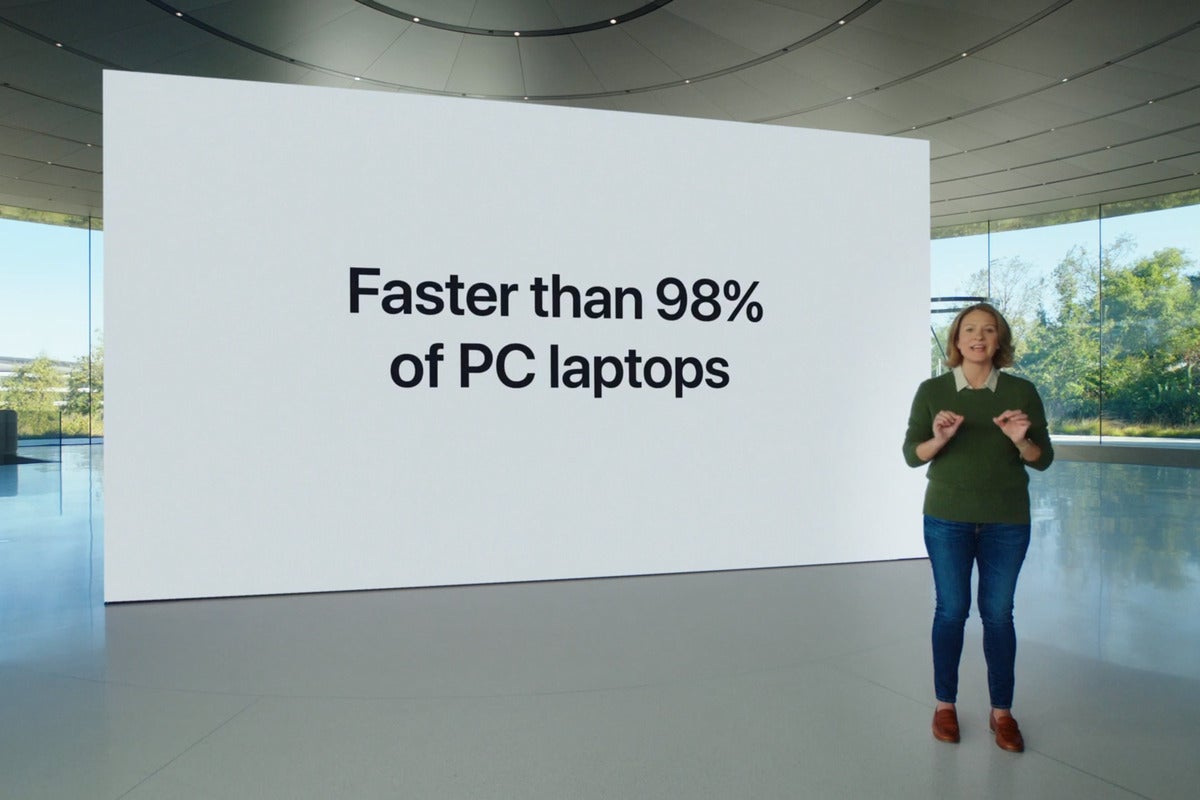- Feb 11, 2008
- 955
- 669
- 136
Has anyone used Boinc on a Mac? If so, how does it compare to similar hardware using linux? I ask since Apple is moving Mac to Arm:

 www.anandtech.com
www.anandtech.com
The new Mac Mini is using the new M1 chip @5nm could very well be the new performance per watt leader... unless there is a catch with running mac in general.

The Apple Fall 2020 Mac Event Live Blog: 10am PST (18:00 UTC)
The new Mac Mini is using the new M1 chip @5nm could very well be the new performance per watt leader... unless there is a catch with running mac in general.




